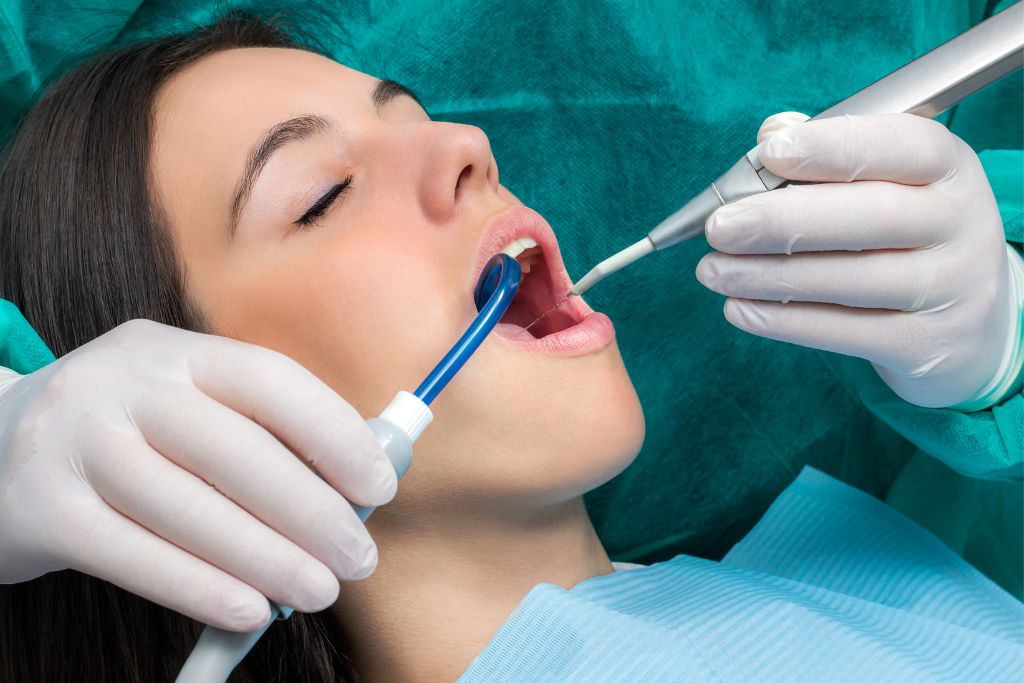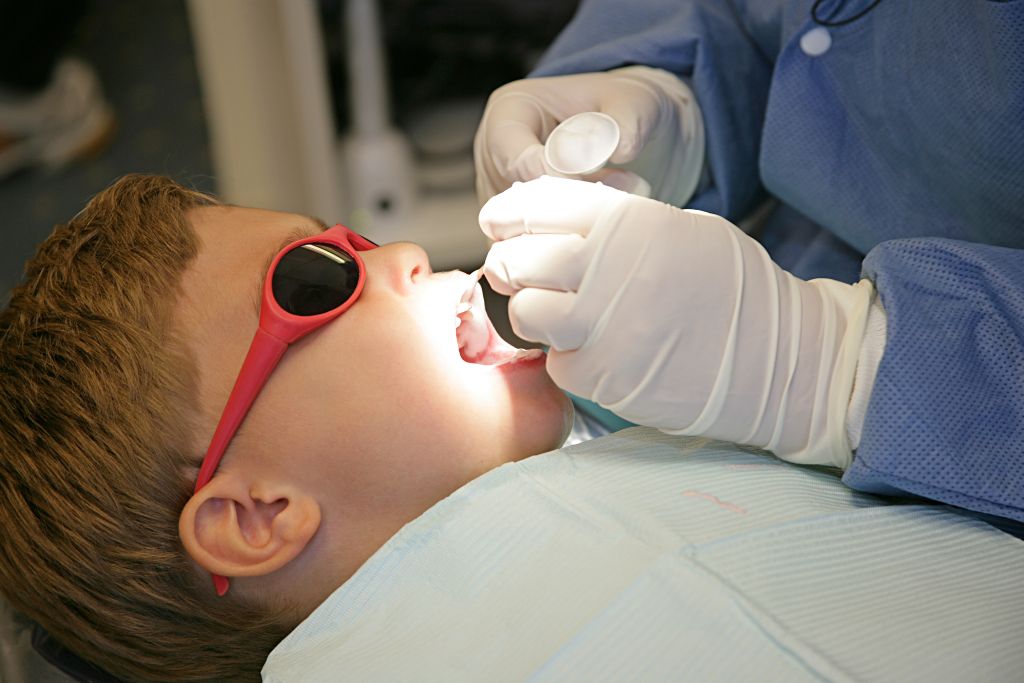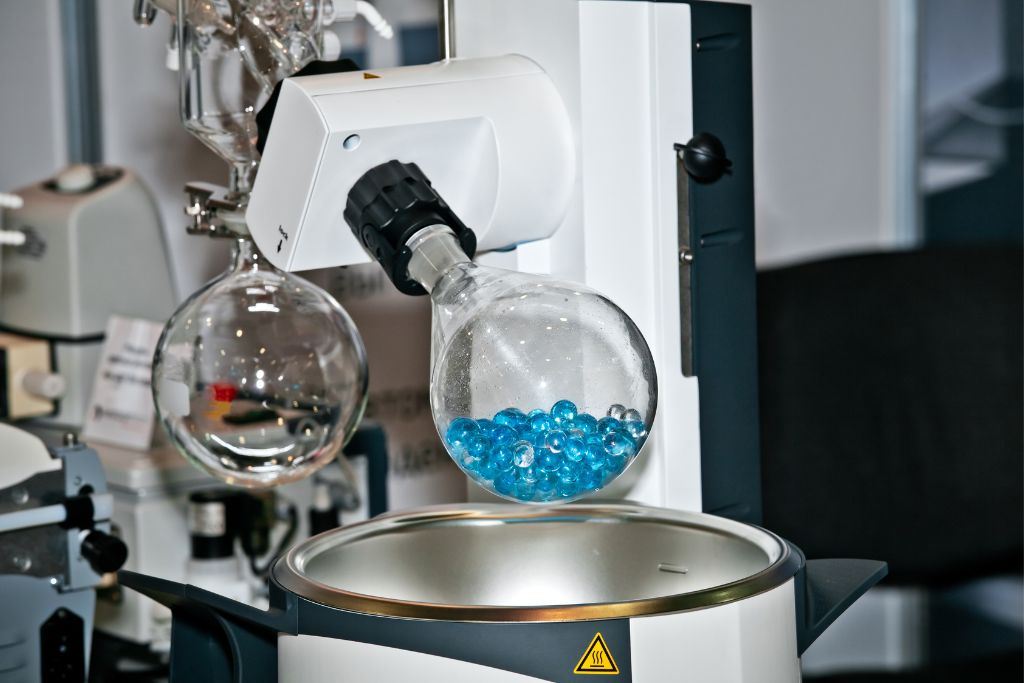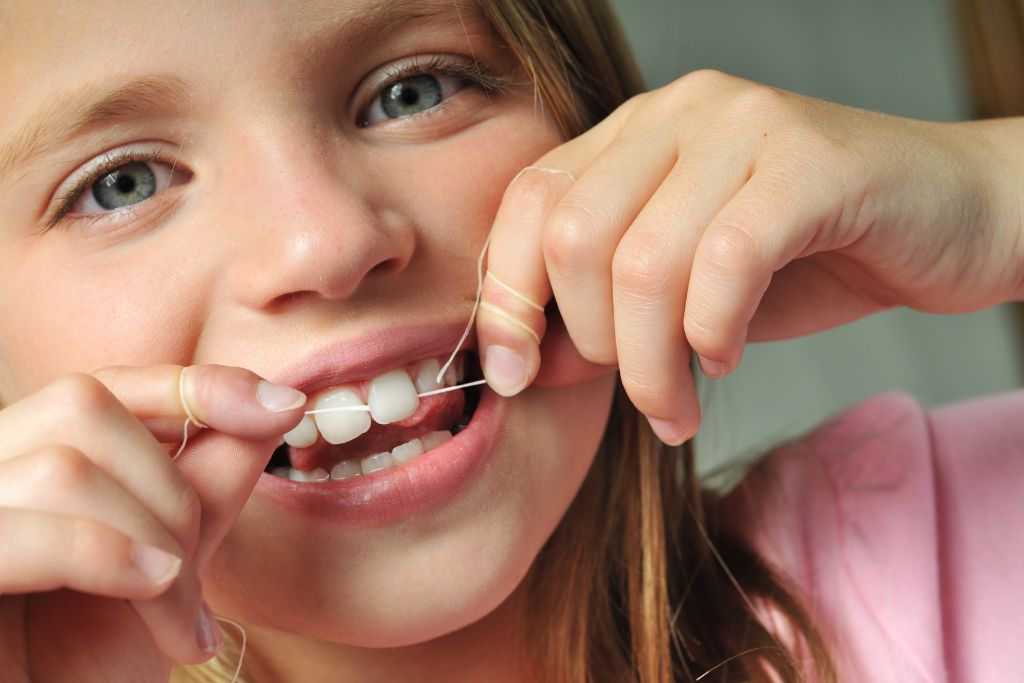Having your teeth cleaned can be a very good thing. This is because a dental cleaning can help you maintain the health of your teeth and gums. However, there are a few things that you should keep in mind before having your teeth cleaned. For instance, you should make sure that you take the time to brush your teeth on a regular basis. Also, you should look for an expert to perform your dental cleaning.
Basic dental cleaning
Basic dental cleaning is a good way to keep your teeth healthy and bright. This cleaning involves the removal of tartar and plaque.
The hygienist will look at your teeth and gums for any signs of gum disease, cavities, and other issues. They will also clean and polish your teeth.
Some of the more advanced cleanings may involve dental lasers, scaling and root planing, or other procedures. Depending on your particular needs, the cost of a dental cleaning could range from $50 to more than a thousand dollars.

Typically, a basic dental cleaning will last about an hour. There are different tools used, such as an ultrasonic device that vibrates plaque off the teeth and a suction tube that removes the rest of the plaque.
Dental cleaning is one of the best ways to avoid serious dental problems in the future. It will also save you money in the long run.
The American Dental Association recommends that you get a basic cleaning every six months. Many health insurance plans cover the cost of these routine checkups. If you have a lot of plaque or tartar, your dentist might suggest more frequent cleanings.
Fluoride application
Fluoride application during dental cleaning is an essential part of good oral hygiene. It protects and strengthens teeth, and helps to prevent cavities. Typically, fluoride treatment is applied twice a year. Depending on your child’s risk for cavities, the dentist may recommend more frequent treatments.
Fluoride is a natural mineral that occurs in water, soil, and air. It is added to many toothpaste, mouthwashes, and other products to help prevent tooth decay.

The mineral is also found naturally in drinking water, which is why most cities add it to their water systems. Adding fluoride to the water improves the remineralization process that takes place on the enamel layer of teeth.
While fluoride is beneficial for everyone, it is especially beneficial for people who have higher risks for cavities. For example, children, older adults, and those who have dental restorations are more susceptible to tooth decay.
During a fluoride treatment, a topical solution is applied to the teeth. This helps to restore the minerals that have been lost during the day and to prevent tooth decay.
Motorized rotary brush
The subject invention is a motorized rotary brush for dental cleaning. It consists of a first brush head, a second brush head, a housing, and a shaft connecting the two brush heads. An optional cover is provided to enclose the shaft.
The first brush head has a plurality of elongated gear teeth that rotate within the housing. This mechanism is used to convert the rotational motion of the DC motor into an oscillating motion of the brush heads.

A hollow metal shaft is supported by the housing. Additional hollow outer co-axial sleeve-like radial brushes are incorporated into the hollow metal shaft.
Special miniature transfer cases are positioned on the right and left driving shafts. These transfer cases can be cantilevered towards one another or spread apart to accommodate lateral jaw-width interval differences.
An acceleration mechanism provides counter-rotation of the first and second brush heads. This eliminates the need to manually synchronize brushing movements.
Professional flossing
Professional flossing during dental cleaning is a vital step in maintaining proper oral hygiene. This prevents cavities and other problems associated with gum disease. It is also an important part of biannual professional teeth cleanings.
During the cleaning process, your dental hygienist will remove plaque and other debris that can cause cavities. In addition to flossing your teeth, your hygienist will also polish and clean them.

During the professional cleaning, your hygienist will use a high-powered rotating brush to remove stains and hard bacterial buildup. They will also use a fluoride solution or rinsing water to help protect your teeth from cavities.
When you floss regularly, you can prevent or delay the onset of gingivitis. Gingivitis is a condition that causes red, puffy, tender, and bleeding gums.
Your hygienist will floss your teeth—along the gum line and between your teeth. Some areas of your mouth, like the gum line and the edges of dental work, are at higher risk of developing cavities.

